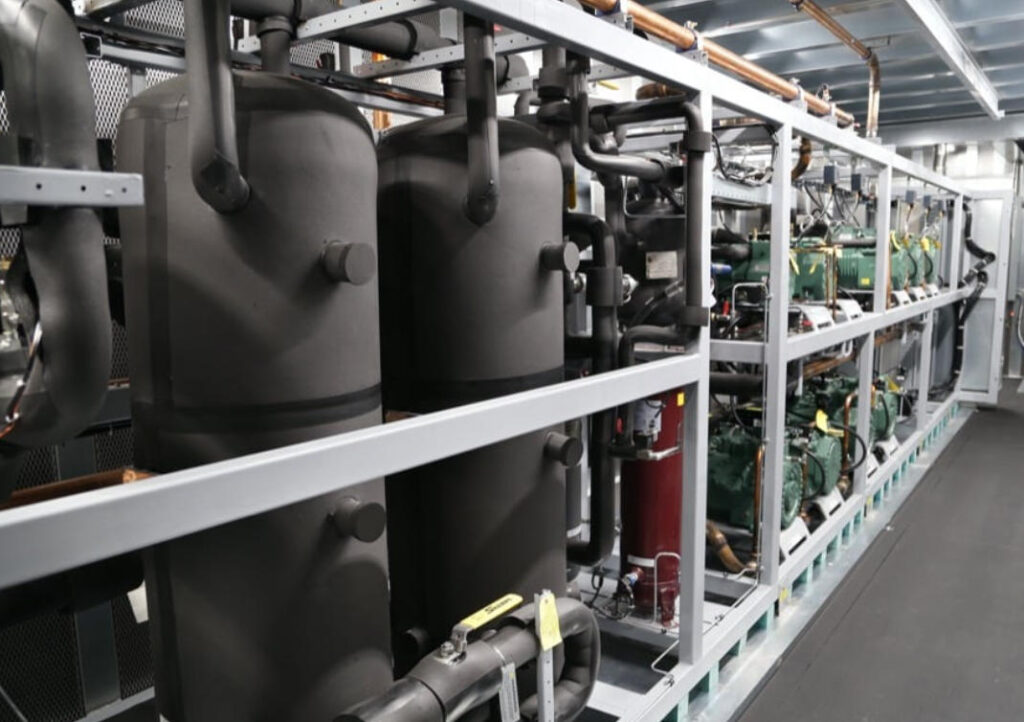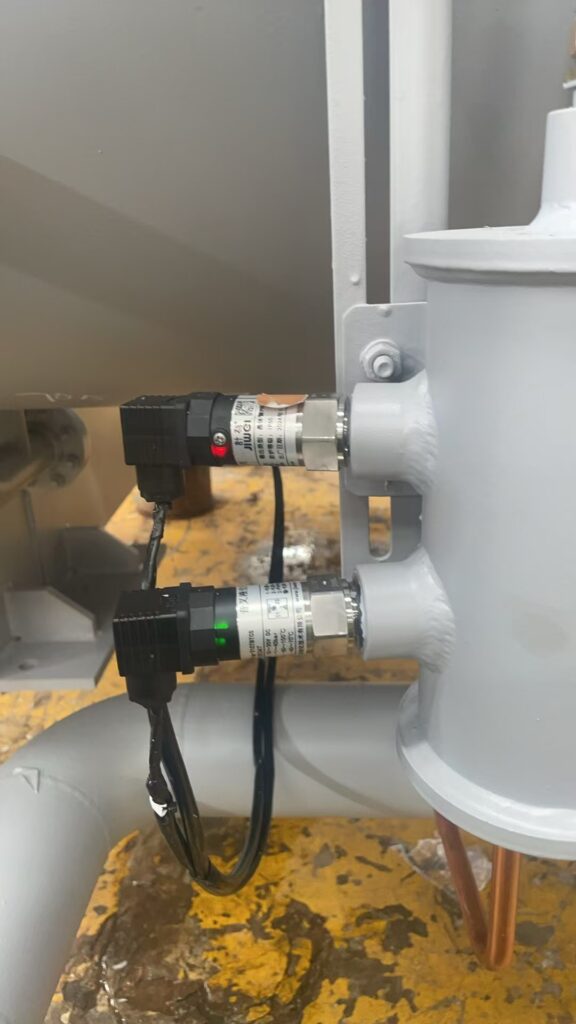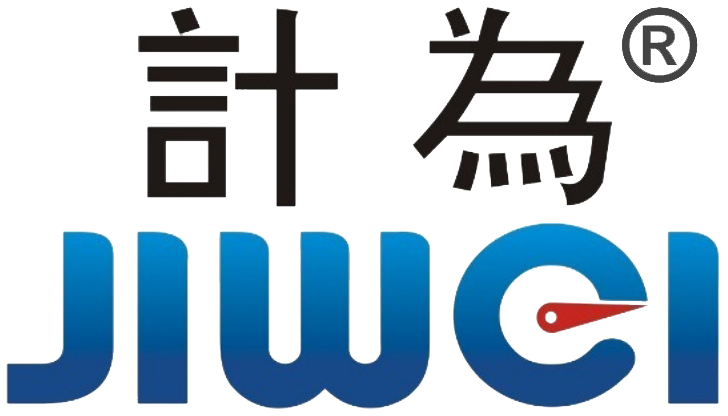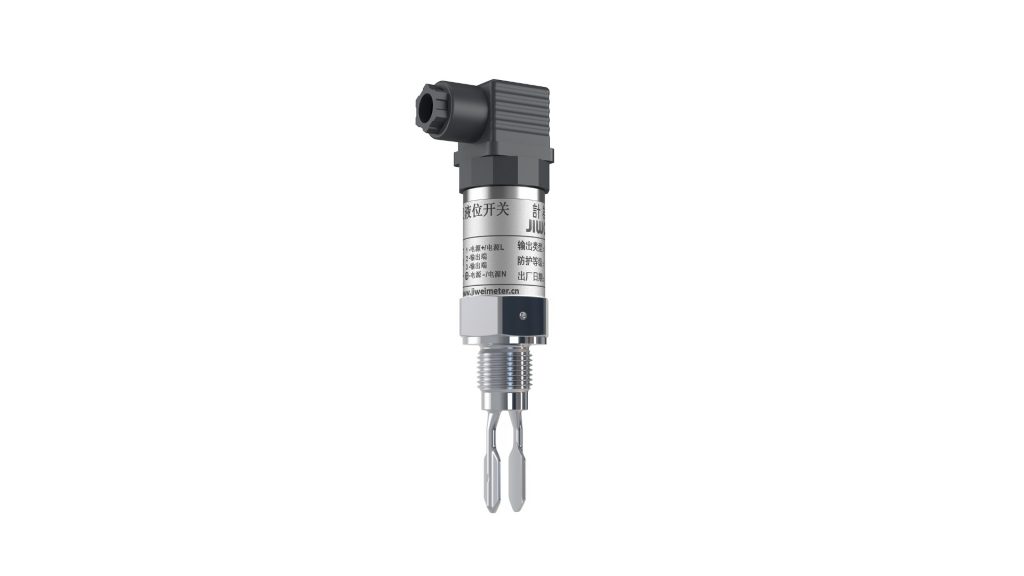Application Case: Compact Vibrating Fork Level Switch in Industrial Refrigeration System
I. Project Background and Industry Challenges
1. Overview of Refrigeration Systems
Vibrating Fork Level Switches are essential in modern refrigeration and air-conditioning systems, ensuring precise liquid level monitoring for compressors, condensers, evaporators, liquid receivers, and expansion valves. Stable refrigerant levels protect compressors, enhance system efficiency, and extend equipment lifespan.

Traditional level detection methods rely on mechanical float switches or sight glasses, which have notable limitations:
- Low accuracy and slow response: Mechanical floats can misoperate under fluid flow or vibration, causing inaccurate alarms.
- Frequent wear and maintenance: Floats, linkages, and seals are prone to wear and require regular replacement.
- Installation constraints: Many level detection devices require flange connections, increasing modification costs.
- Poor environmental adaptability: Low-temperature or high-pressure conditions may cause traditional switches to stick or respond abnormally, jeopardizing system stability.
Thus, the industry requires a compact, reliable, anti-interference, and easy-to-install level detection solution.
2. Customer and Operating Conditions
The client is a large refrigeration equipment manufacturer in Shandong, with applications in central AC, industrial freezing, and cold storage. Key operating conditions:
- Fluid type: Refrigerants such as R134a, R410a, R22; low-temperature, low-density, volatile fluids.
- Temperature range: -40℃ to +60℃, occasionally exceeding 70℃ locally.
- Pipe and tank vibration: Compressor and pump operation induces vibration; mechanical floats often trigger false alarms.
- Space constraints: Compact tanks and piping limit installation options.
- Maintenance requirements: Level switches must run stably long-term, minimizing downtime.
To meet these requirements, the client adopted Shenzhen Jiwei Automations Ltd.’s Ring-21 compact vibrating fork level switch to enhance monitoring reliability and system stability.
II. Ring-21 Compact Vibrating Fork Level Switch
1. Product Overview
The Ring-21 is a high-reliability level detection device using dual vibrating fork technology. The probe detects fluid level via changes in vibration frequency. Key features:
- Compact design: Minimum probe length 38 mm, suitable for tight piping.
- Threaded installation: Standard G1/2 or G3/4 threads, easy to install.
- High reliability: Dual-fork design resists vibration, ideal for refrigeration systems.
- Temperature and pressure tolerance: -40℃ to +150℃, up to 40 bar.
- Anti-dust and anti-bubble: High-frequency vibration prevents false-full or false-empty alarms.
- Multiple outputs: NO/NC relay outputs, optional PNP/NPN transistor outputs, compatible with PLCs or control cabinets.
- Easy maintenance: Threaded probe allows quick disassembly and cleaning.
2. Technical Specifications
| Parameter | Ring-21 |
|---|---|
| Probe material | 316L stainless steel |
| Installation | G1/2, G3/4 threads |
| Probe length | Min. 38 mm |
| Temperature | -40℃ to +150℃ |
| Pressure | ≤40 bar |
| Output | NO/NC relay, optional PNP/NPN |
| Anti-vibration | Excellent |
| Protection | IP65 (valve connection), IP66/IP67 (M12×1) |
| Power | AC <3.8 mA, DC <825 mW |
| Response time | 0.5 s |
| Certification | CE, REACH, RoHS |
III. Installation Locations
A total of 32 Ring-21 switches were installed across three critical points:
- Liquid Receiver Monitoring
- Low point: Prevent compressor dry-run
- High point: Prevent liquid hammer or overflow
- Return Line Monitoring
- Low points near pump inlet: Ensure stable fluid supply
- Condenser Outlet Monitoring
- High point: Prevent liquid backflow to compressor
- Low point: Ensure continuous supply
Installation Note: All devices use threaded connections (G1/2 or G3/4), no flanges required, ensuring quick installation and reliable sealing.

IV. Application Results and Customer Feedback
Liquid Receiver Level Monitoring
Ring-21 switches deliver precise low/low level alarms, preventing liquid hammer and compressor dry-run. Maintenance frequency decreased from twice monthly to once, significantly reducing operator workload.
Return Line Level Monitoring
The low point maintains stable fluid supply to pumps, ensuring continuous operation without manual intervention, improving automation control accuracy.
Condenser Outlet Monitoring
High-level switches prevent backflow to the compressor; low-level switches ensure continuous fluid supply, avoiding pump dry-run.

Overall Assessment
- Quick installation and removal (<10 min)
- Dual-fork technology prevents false-full/empty readings
- Compact design suits tight piping and receiver tanks
- Stable performance over long operating periods
- Customer highly satisfied with system reliability and reduced maintenance
V. Engineering Parameter Table
| No. | Location | Probe Model | Probe Length | Thread | Sensitivity | Output | Temp | Pressure | Note |
|---|---|---|---|---|---|---|---|---|---|
| 1 | Receiver Low | Ring-21 | 100 mm | G3/4 | Standard | NO/NC | -40~+120℃ | 16 bar | Prevent dry-run |
| 2 | Receiver High | Ring-21 | 100 mm | G3/4 | Standard | NO/NC | -40~+120℃ | 16 bar | Prevent overflow |
| 3 | Return Line Low | Ring-21 | 75 mm | G1/2 | High | NO | -40~+120℃ | 16 bar | Space constrained |
| 4 | Condenser Outlet High | Ring-21 | 100 mm | G3/4 | Standard | NC | -40~+120℃ | 16 bar | Prevent backflow |
| 5 | Condenser Outlet Low | Ring-21 | 75 mm | G1/2 | High | NO | -40~+120℃ | 16 bar | Ensure pump supply |
VI. Summary and Industry Demonstration Value
In this project, the Ring-21 compact vibrating fork level switch provided stable and precise monitoring for receivers, return lines, and condenser outlets. Unlike mechanical float switches, Ring-21 performs reliably under vibration, low-temperature refrigerants, and bubbly liquid conditions, avoiding pump dry-run and liquid hammer.
The compact dual-fork design ensures long-term reliability, easy maintenance, and precise alarms. This project demonstrates that Ring-21 switches enhance automation reliability, reduce maintenance costs, and improve operational safety, setting a benchmark for high-reliability domestic level switches in industrial refrigeration systems.

